Abstract Art
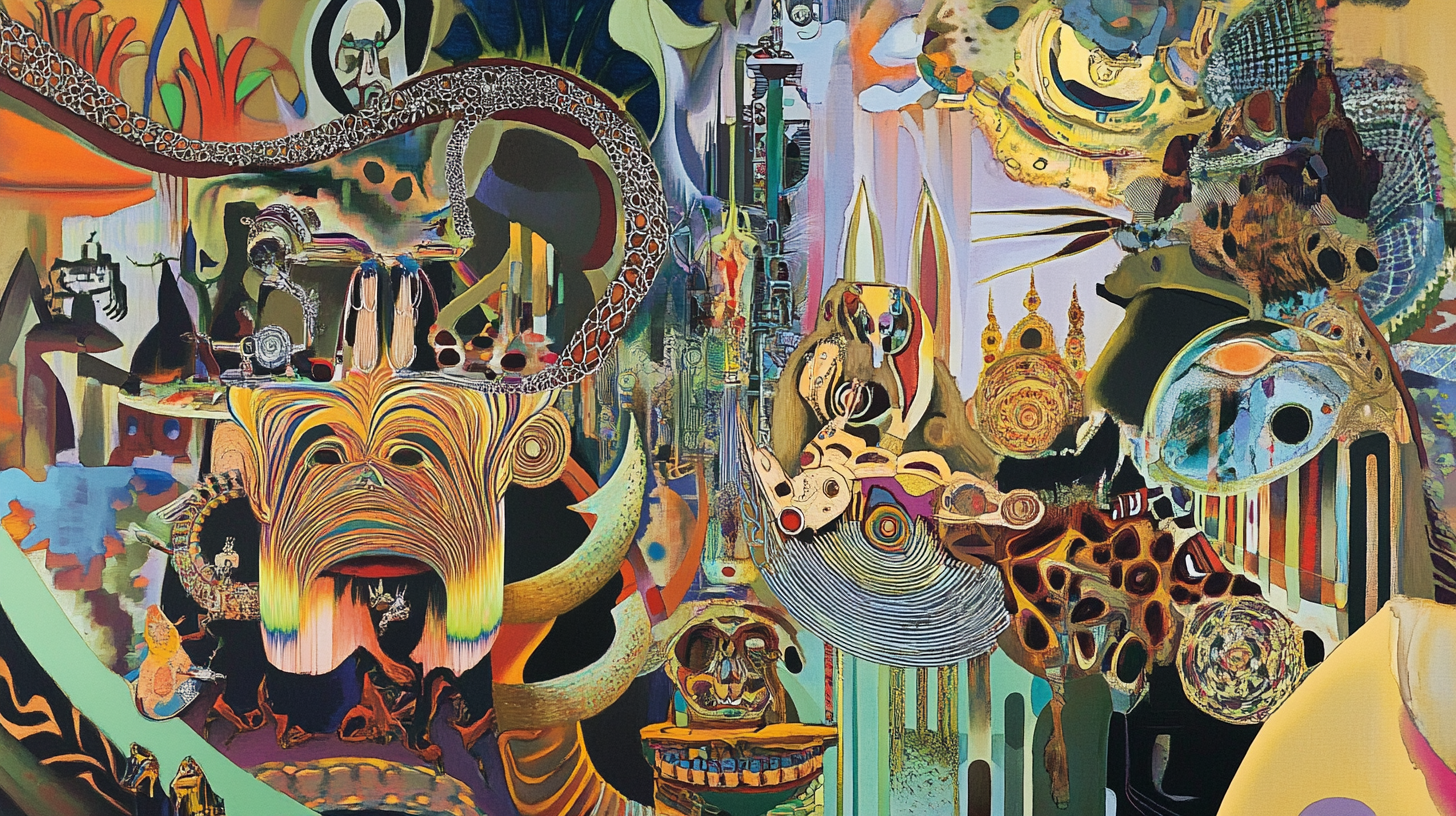 AI-Generated ImageAI-Generated Image
AI-Generated ImageAI-Generated Image Abstract Art is a visual style that breaks away from traditional representation of objects, people, or landscapes. Instead of depicting the world as it appears, abstract art uses shapes, colors, lines, and textures to express emotions, concepts, or ideas. It emphasizes composition over realism, often leaving interpretation open to the viewer.
Rather than telling a literal story, abstract art invites personal reflection and subjective experience. It can range from geometric precision (like in Cubism) to fluid, expressive gestures (like in Abstract Expressionism). Common elements include asymmetry, minimalism, bold color palettes, and symbolic form.
In AI-generated artwork, abstract styles are often used to explore mood, motion, or mathematical beauty—offering an infinite palette for creativity without constraints of the physical world.
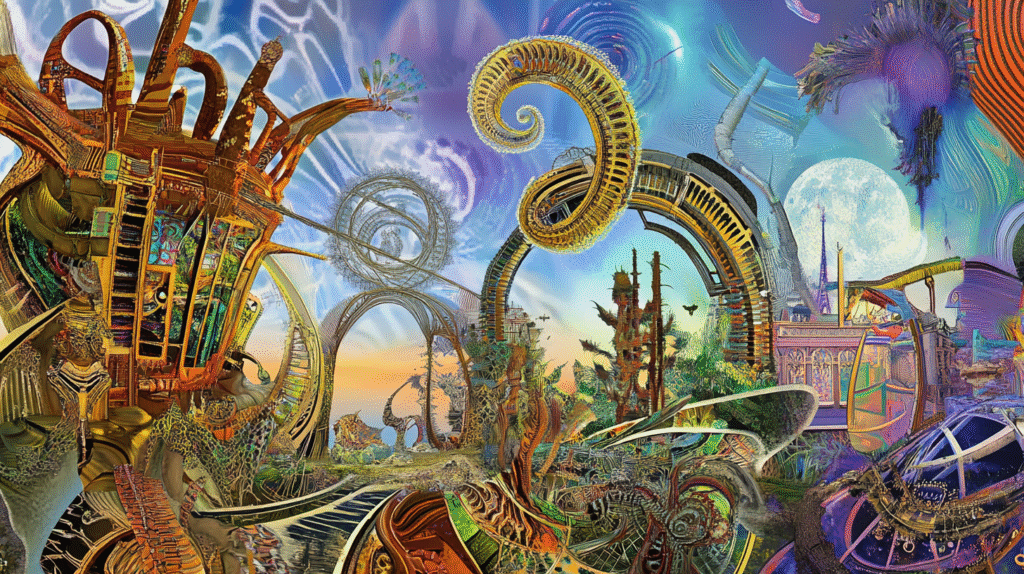 AI-Generated Image
AI-Generated Image AI-Generated Image
AI-Generated Image AI-Generated Image
AI-Generated Image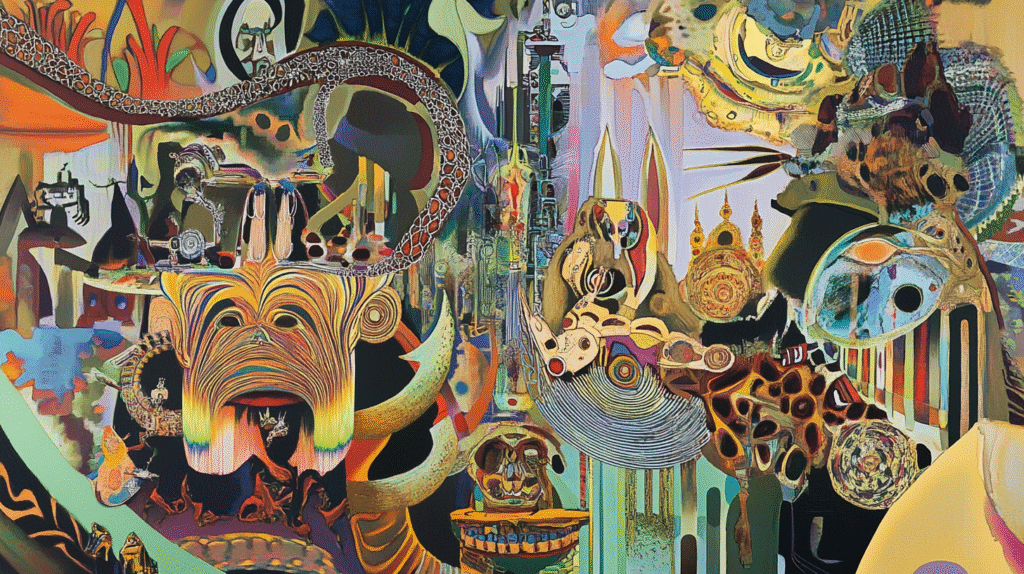 AI-Generated Image
AI-Generated ImageFrequently Asked Questions
What is the main focus of abstract art?
Abstract art emphasizes composition over realism and expresses emotions, concepts, or ideas through shapes, colors, lines, and textures.
How does abstract art differ from traditional art forms?
Unlike traditional art that represents objects or landscapes realistically, abstract art breaks away from these representations and invites personal reflection and subjective experience.
What are common elements found in abstract art?
Common elements of abstract art include asymmetry, minimalism, bold color palettes, and symbolic form.
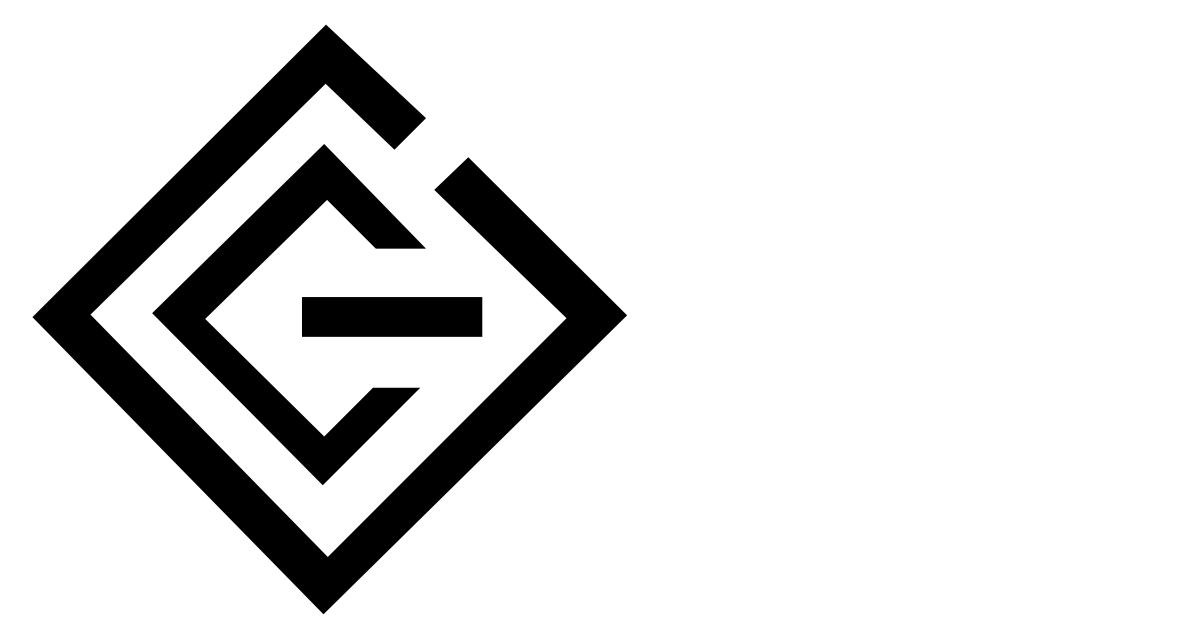
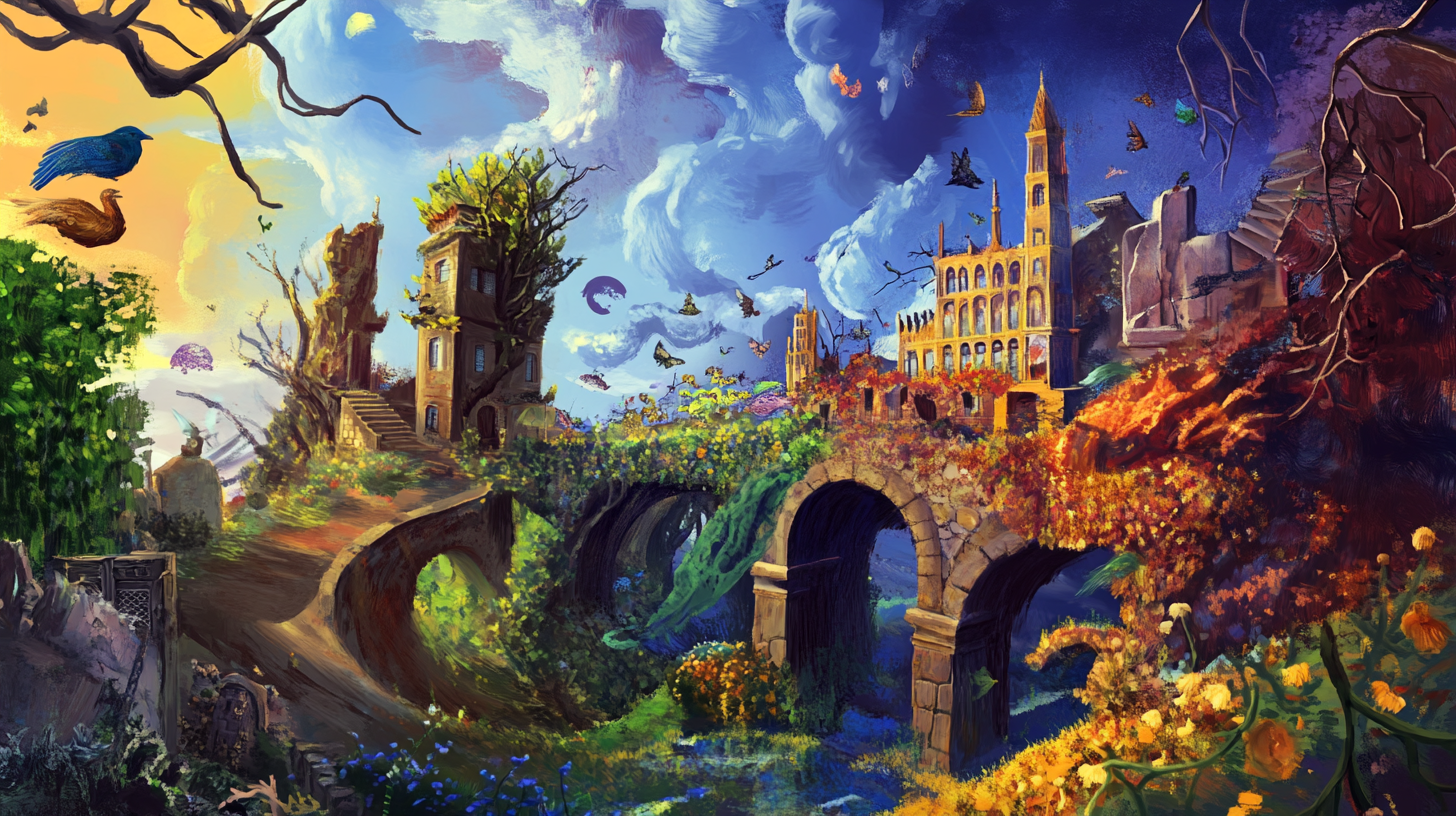
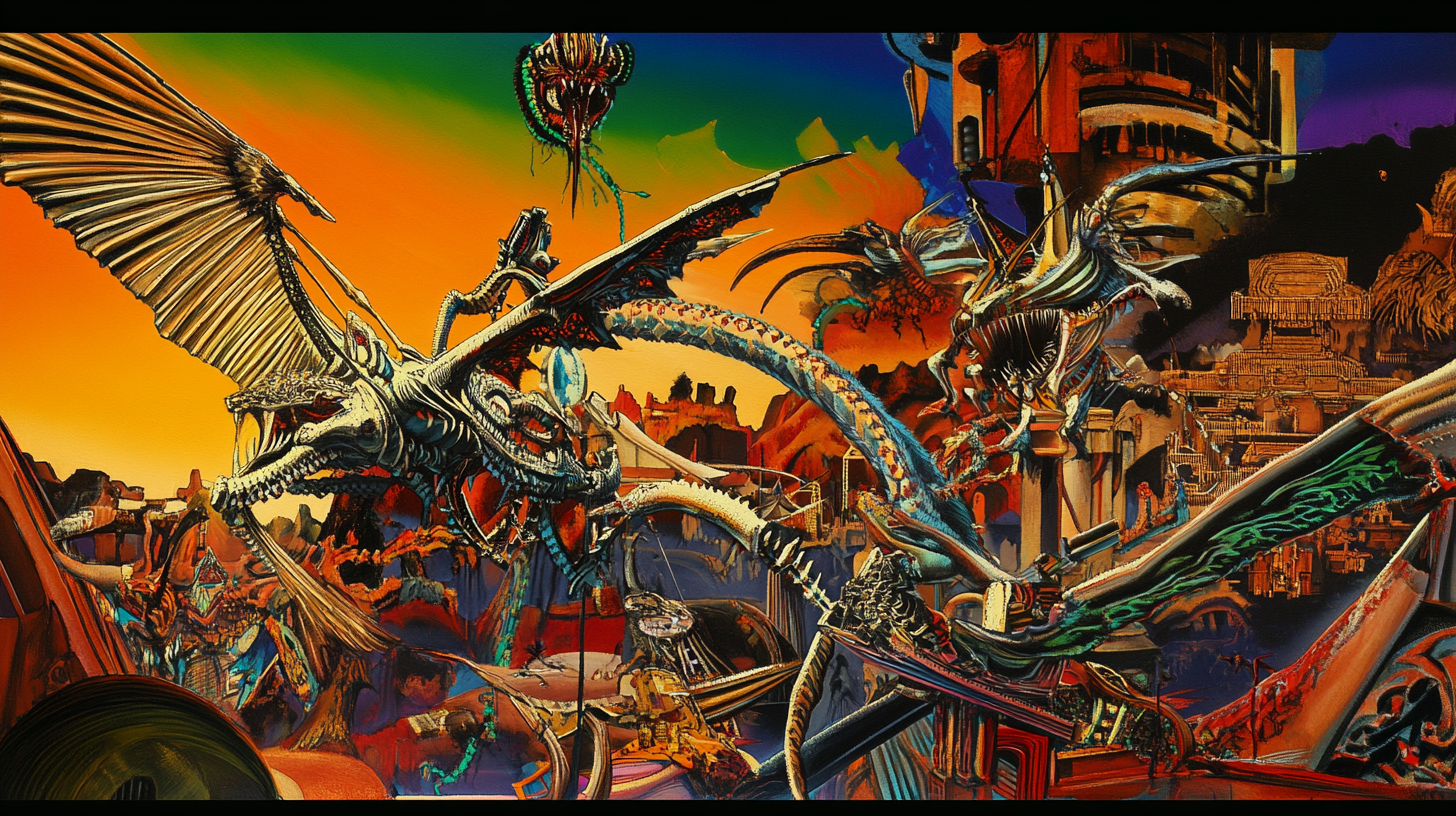
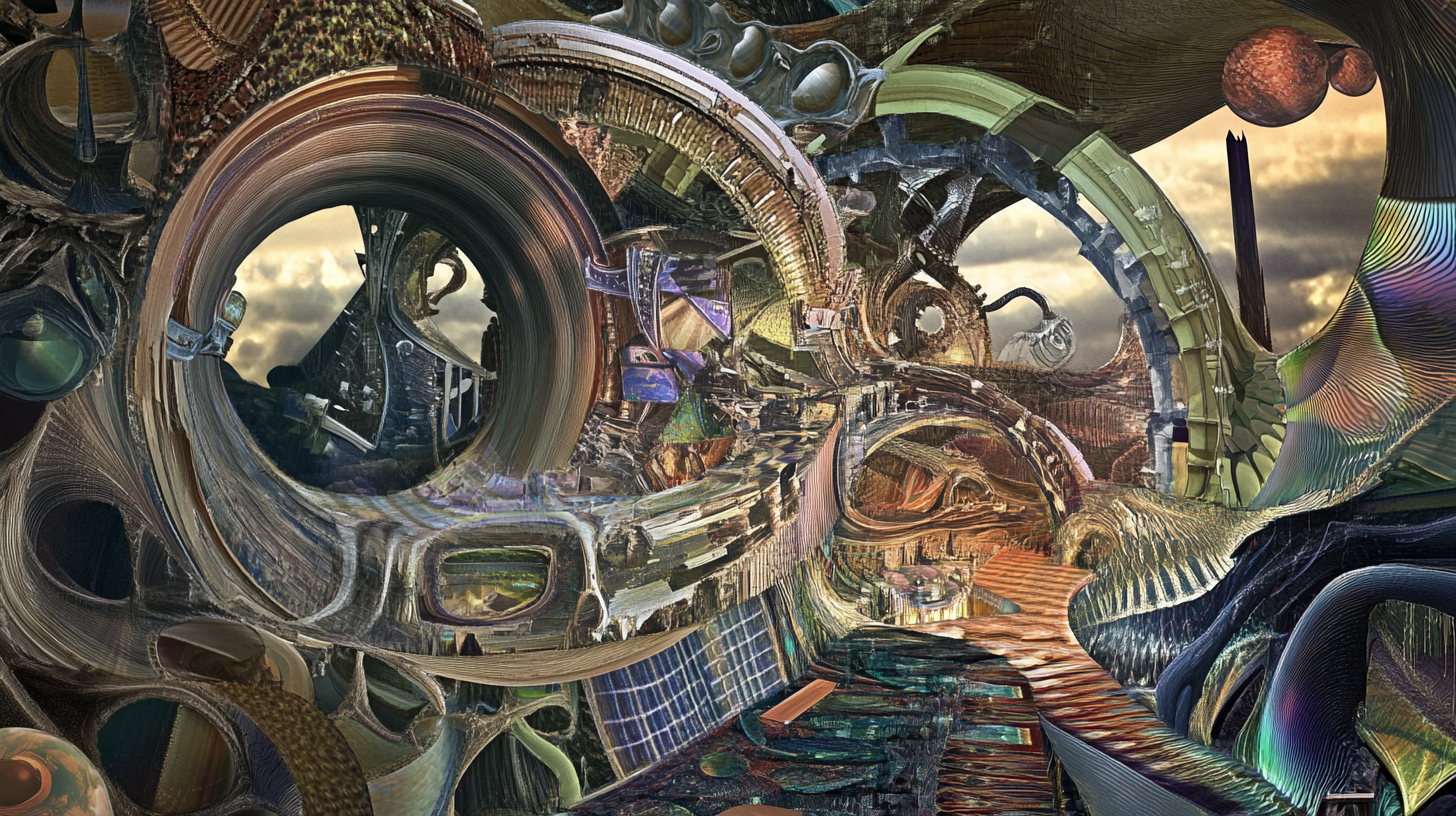
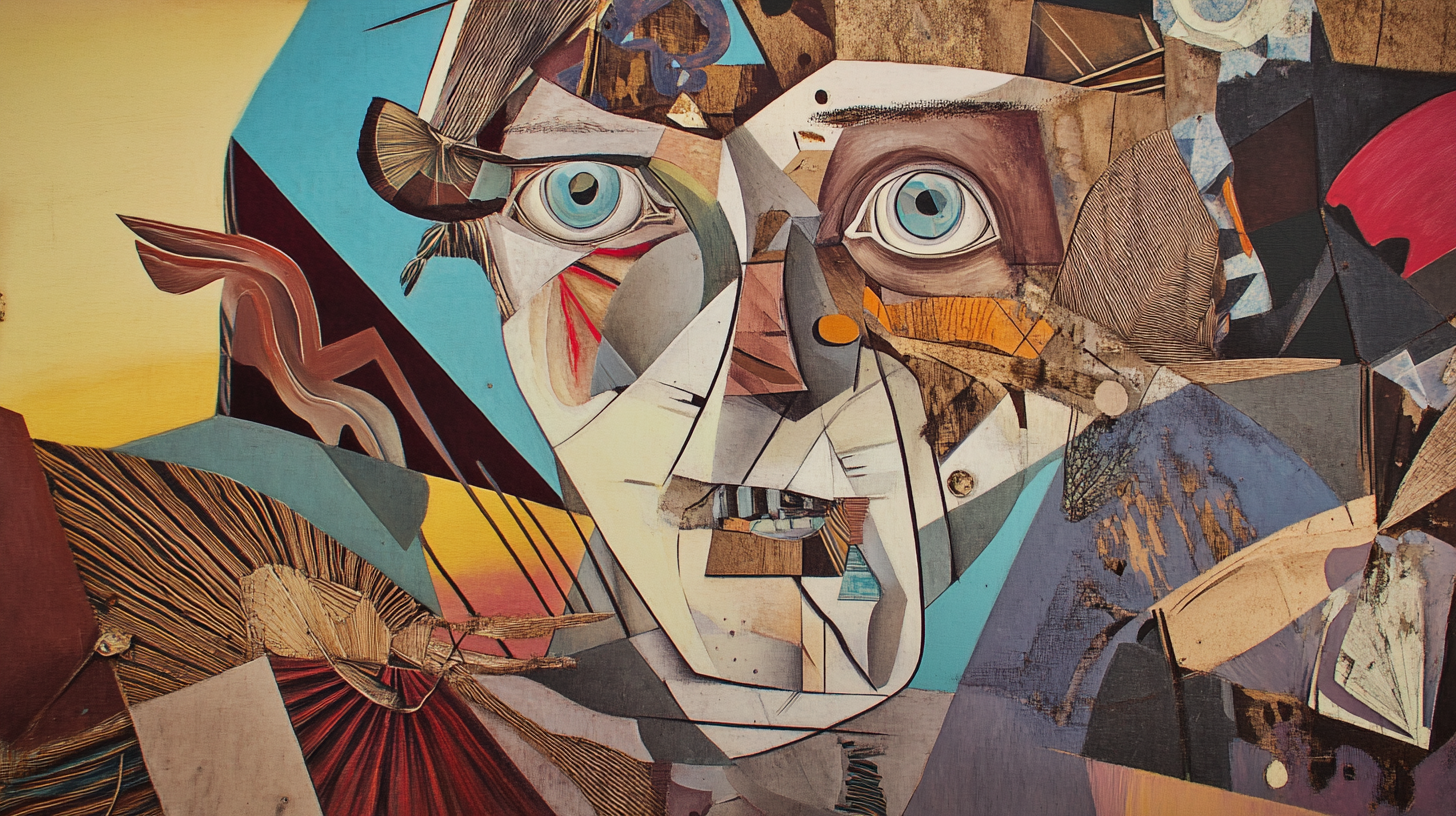
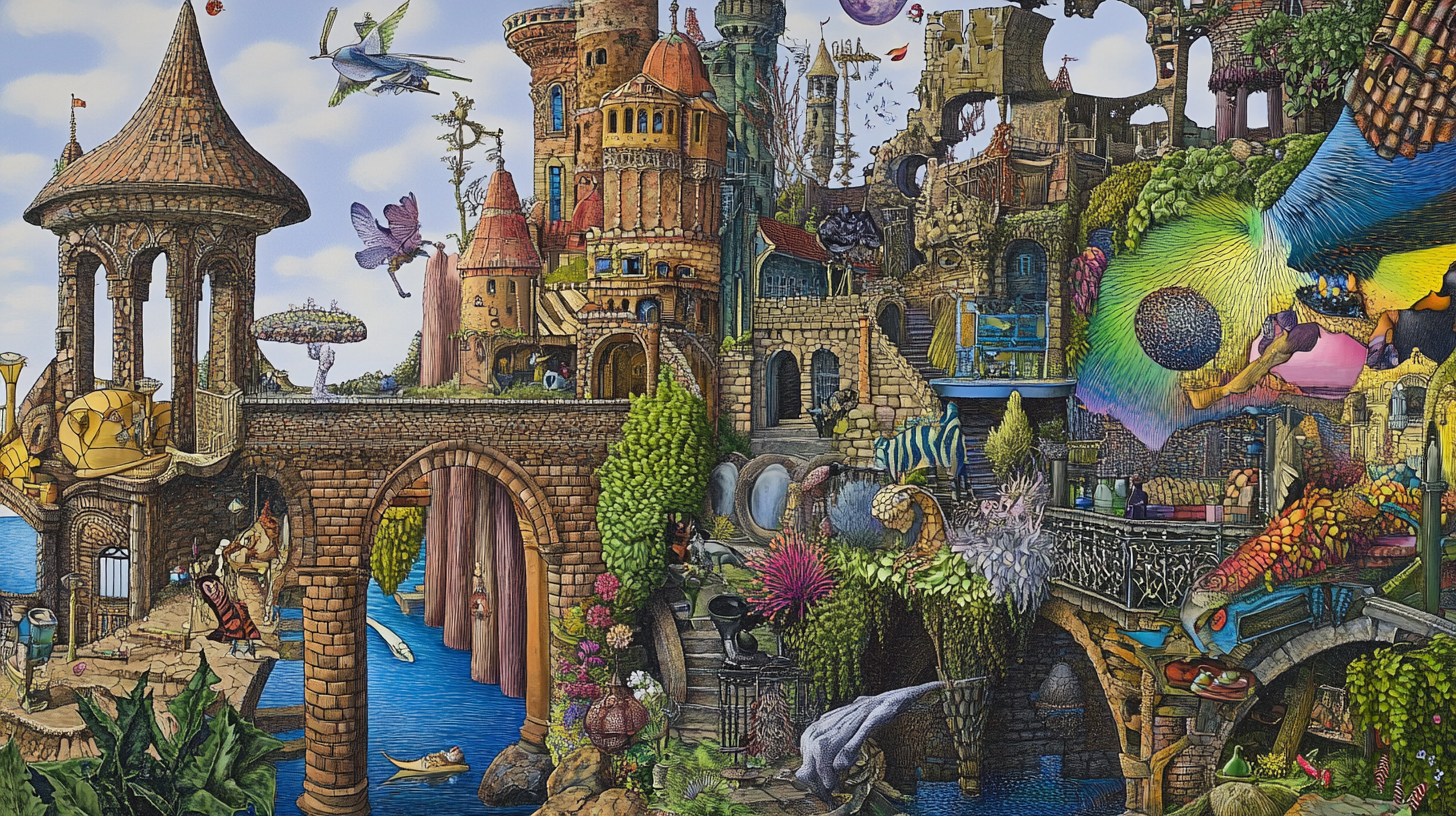
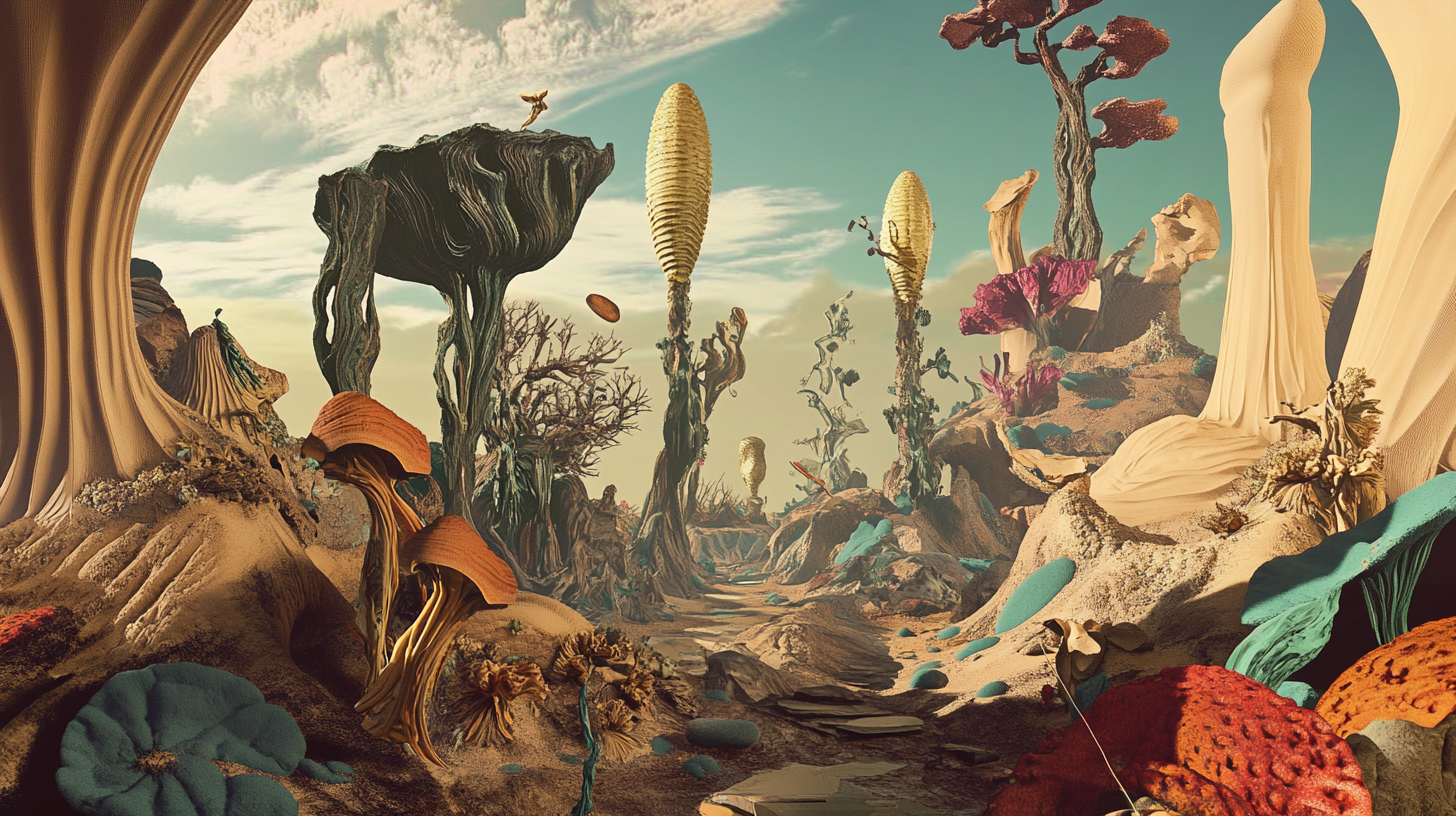
All comments and suggestions are welcome.